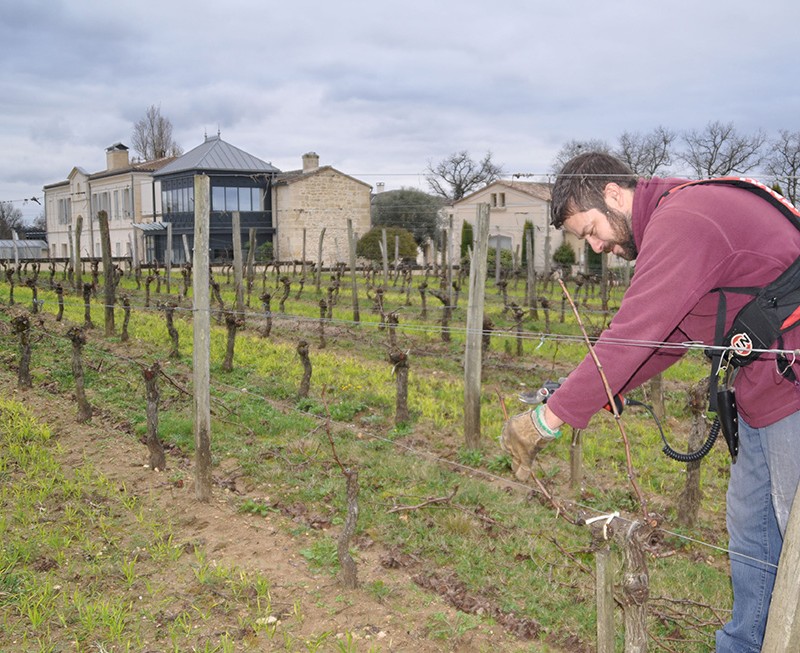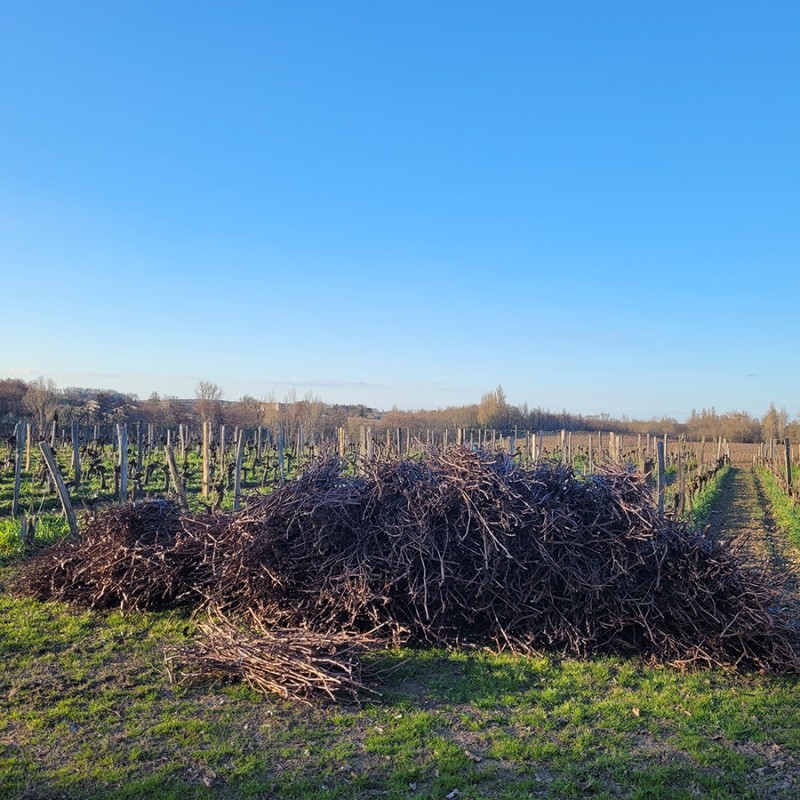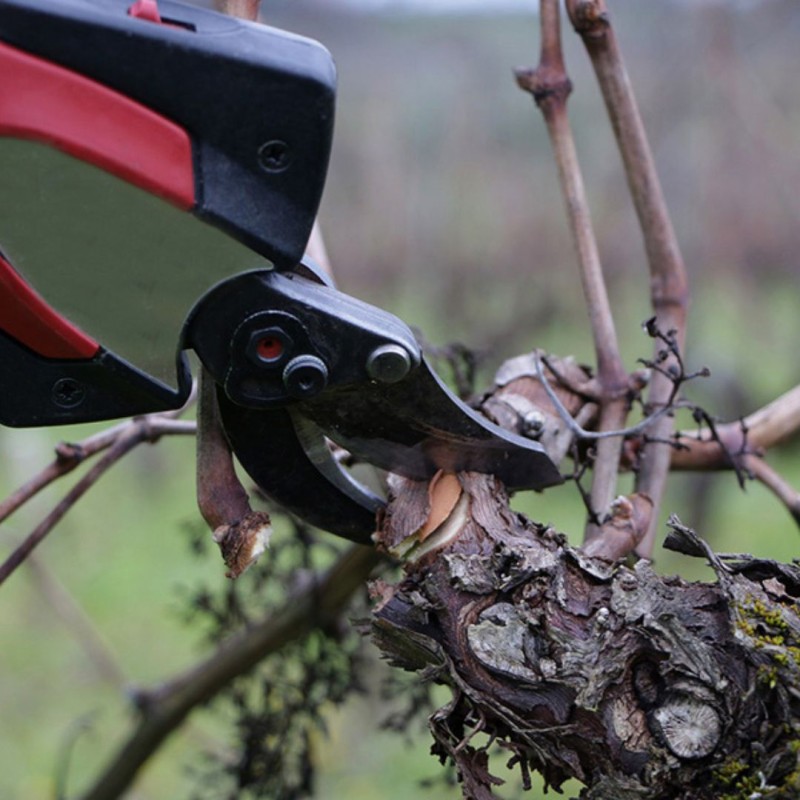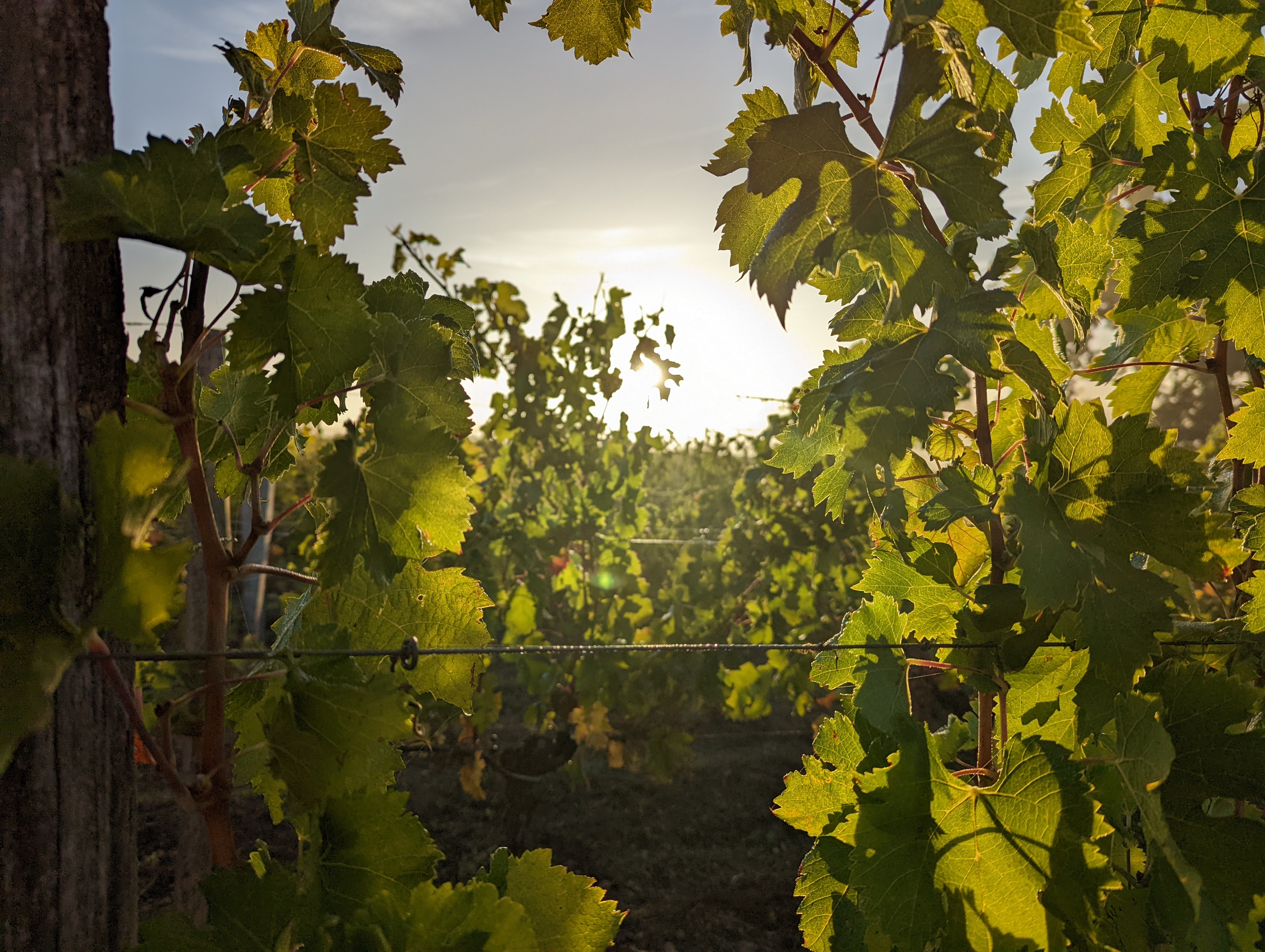What are the main steps to mak a wine?
17.05.2023Have you ever wondered about the process of making wine, the precious nectar that adorns tables around the world? This age-old know-how dates back more than 8,000 years according to the oldest chemical indices recorded from wine production.
Wine, whose history is intertwined with that of humanity, has a rich symbolism which touches on themes as varied as celebration, life, sacrifice, anger, euphoria, conviviality, the mystery of life, rites of passages, truth…and many more. Beyond its symbolism, today an entire economy is sustained by it and a whole know-how is passed on. The Sylvain Family is a perfect example of this since the passion for wine has been passed down for four generations already within the family. But do you know how wine is made today? What are the main manufacturing stages? Let's have a closer look...

Wine is the meeting and result of several elements:
- A plant,
- A place (a type of soil and subsoil, a climate, a sun and wind exposure),
- A method of cultivation (the know-how of the winegrower),
- A winegrower rich in his know-how and wine production technique.
All these elements define the terroir of the wine.
The work in the vineyard: the choice of grape varieties
The first thing to make wine is chosing one or more grape varieties: Chardonnay, Syrah, Sauvignon, Cabernet Franc, Merlot, etc. There are more than 6,000 varieties around the world. In France, 210 grape varieties are officially authorized and only a dozen cover the majority of French vineyards.
The vines can live more than 100 years. However, in wine production, they are generally renewed on the plots every 50 years. The winegrower chooses the grape varieties according to his terroir so that they are adapted to the climate, altitude, exposure and the nature of the soil. These determining factors are essential and cannot be ignored.
The choice of grape varieties is also made according to the tastes of the winegrowers, their experiences, their intuitions and the specifications of the appellation (authorized grape varieties).
The vines are planted in rows, the spacing is of particular interest: the tighter the rows, the deeper the vine must grow in order to fetch its water and the more competition there is between the vines. The vines produce fewer grapes but they are more concentrated in aromas.
The trellis
The trellis of the vines is carried out before the harvest and consists of stretching wires between vines in order to attach the branches and shoots. The trellis support the plant and ensures the aeration of the grapes and ideal exposure for the ripening of the fruit. It also enable to structure the vine.
The tasks during the vine growth
The tasks during the vine growth are carried out throughout the year in order to control the quantity and quality of the harvest. They include leaf stripping, disbudding, deseeding, thinning and trimming. Those essential works have a production regulation function and thus guarantee an optimal production.
The works of the soil
This is a very widespread alternative technique to herbicides. Complex and technical tillage aims to reduce the use of inputs and improve the properties of the soil. Weeding, grassing, loosening and aeration of the soil by plowing, drainage, etc. this work is carried out on the edges of the plot, on the rows and between the rows mostly during the vegetative period of the vine, i.e. from spring .
Harvests
The second key stage in wine making, the harvest. It is generally estimated that it takes 100 days between the appearance of the first vine flower and the maturity of the fruit. Harvests are done by machine (using a harvesting machine) or, as at Château La Rose Perrière, in the traditional way by hand so as not to damage the fruit. Tha manual harvest also enables to carry out an initial sorting of the bunches in the vineyard according to their general condition. The harvest takes place between the end of August and mid-October depending on the type of grape varieties, the climate, the regions and the degree of sugar desired by the winemaker. At La Rose Perrière, they take place between mid-September and mid-October.

The work of several months outdoors on the vines is finished and the concrete results are here: the harvest heralds a change of scenery for the second major phase of wine making... Let's go to the cellar where all the know-how will be expressed for several more weeks for winemaking and several months for aging the wine. Follow the guide again!



